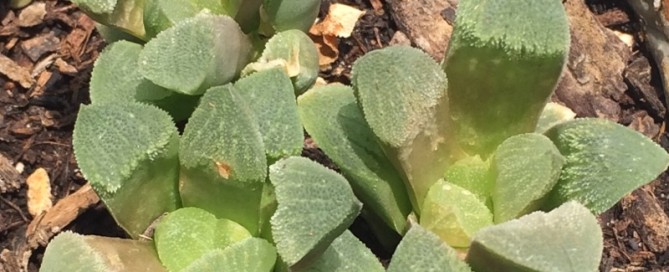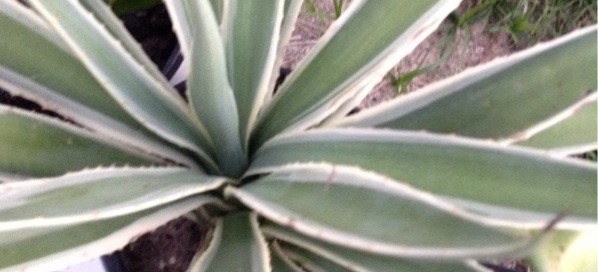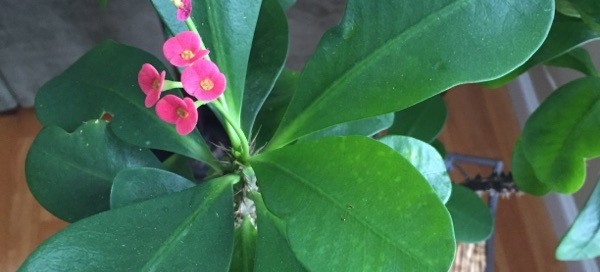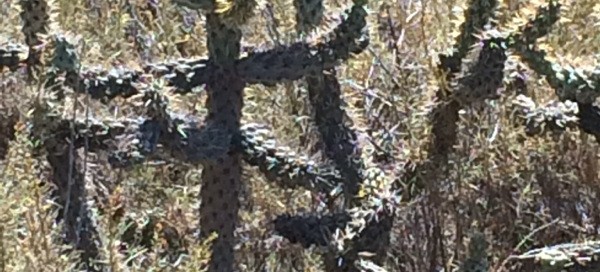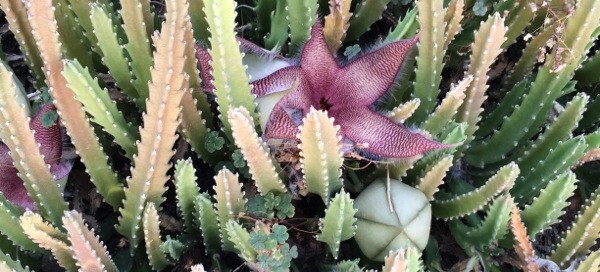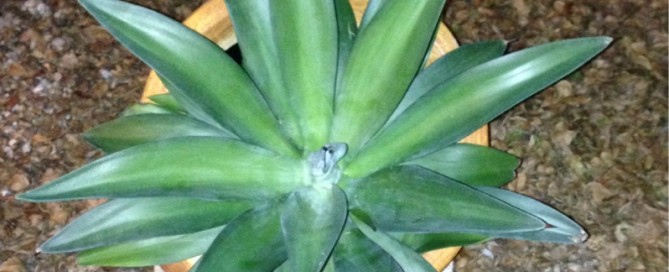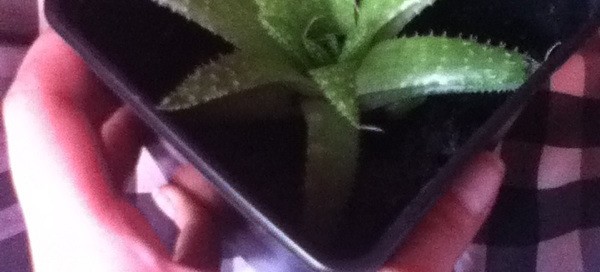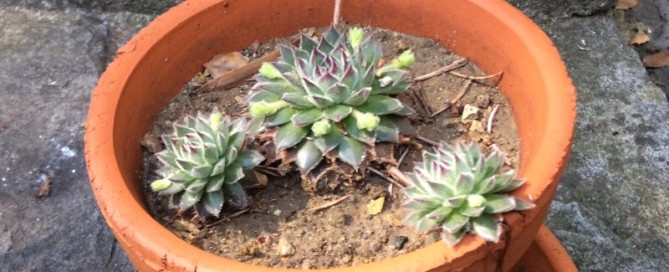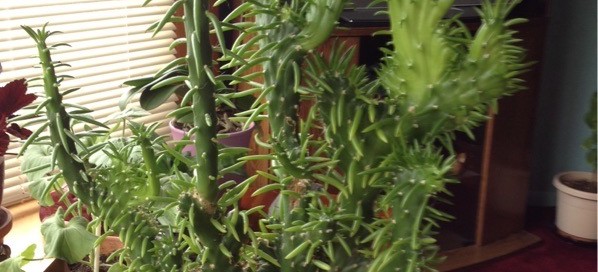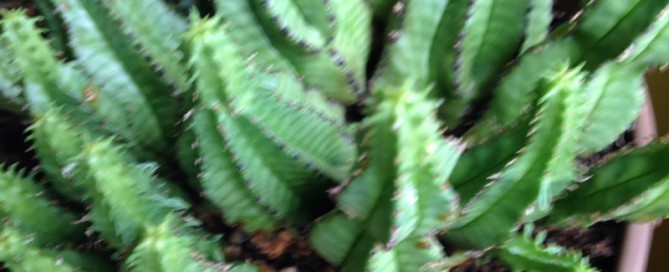Crystalline Haworthia
Sometimes listed as Haworthia crystallina or Haworthia pygmaea, it is one of the most beautifull species from pygmaea group. It is a slow growing form in which the leaves have heavily papillose end-areas. With some sun exposure this plant takes on an exquisite rough sugar-crystalline appearance. Requires light shade to bright light (protect from strong midday sun). In shade the body color will remain mostly green, while full sun will darken and give it a rich pink-red body color. Can be sunburned if moved from shade/greenhouse into full sun too quickly. Needs a well draining, loose soil mix, regular water, but do not water again until dry. Also, it is a species that is dormant in the winter and requires very little water (maybe even none) during the cold months. Protect from frost.
